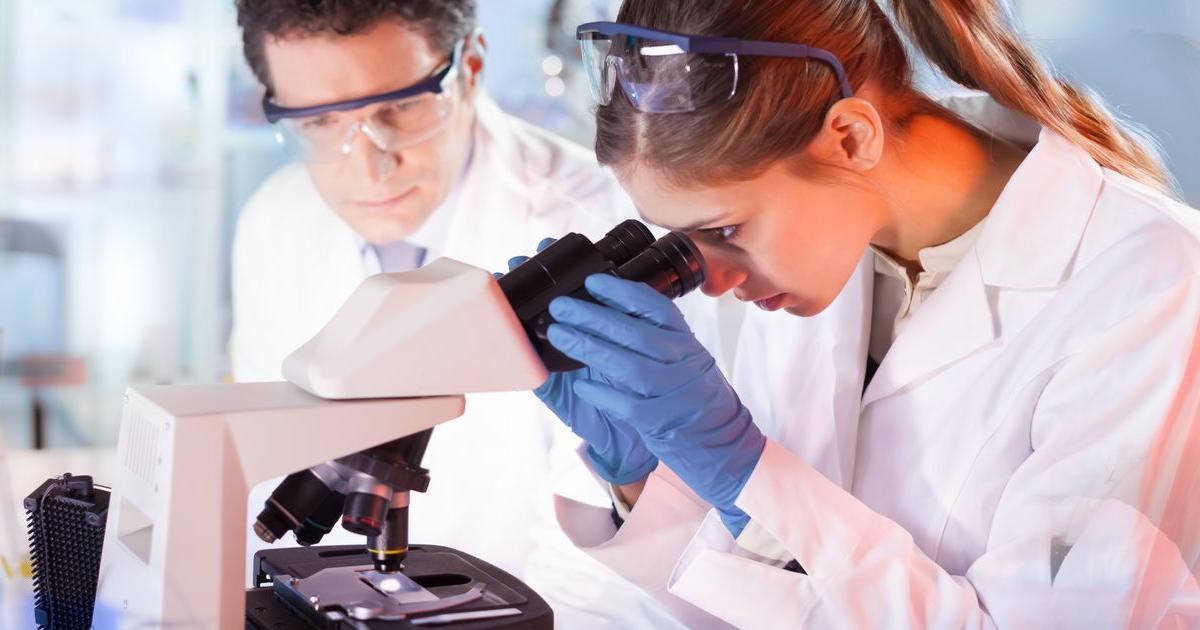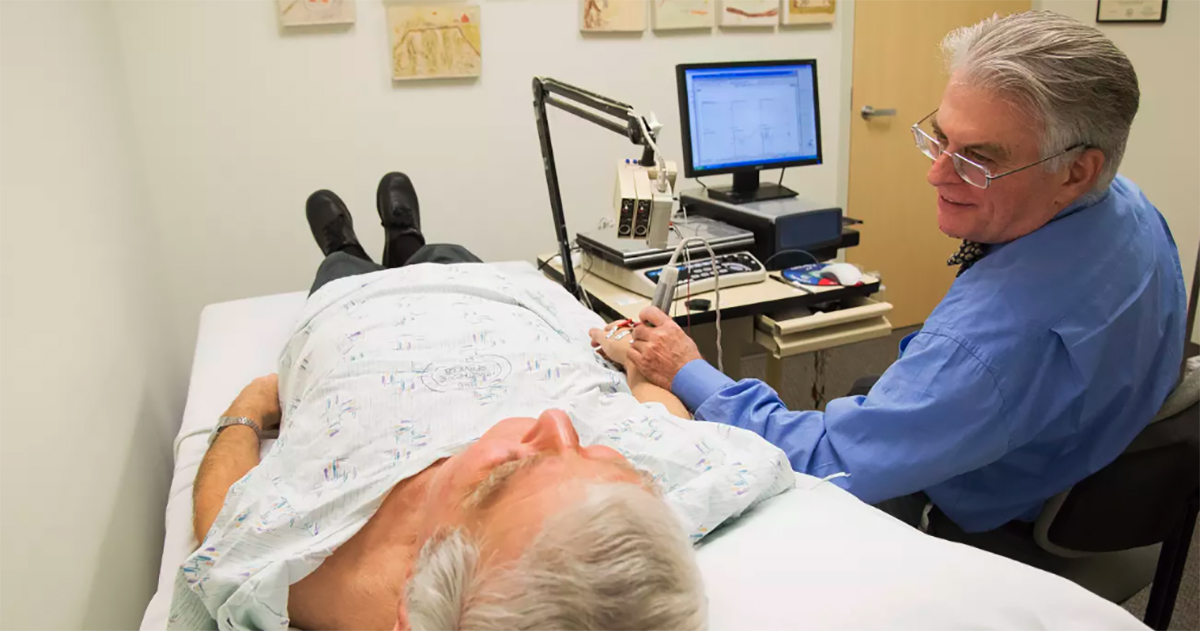Guide To Treating Waldenstrom Macroglobulinemia
Waldenstrom macroglobulinemia is a type of blood cancer that starts in the white blood cells. This cancer causes the bone marrow to make an abnormally high amount of irregular white blood cells, which end up crowding the circulatory system and the healthy blood cells throughout it. These cells make a protein called macroglobulin that builds up in the blood impairing healthy circulation and causes other complications. Waldenstrom macroglobulinemia may not cause symptoms for several years because it is slow growing. When symptoms do manifest, they include nosebleeds, easy bruising, fatigue, weight loss, gum bleeding, headaches, vision changes, fever, and numbness in the hands and feet. WM starts when one white blood cell develops DNA mutations that tell the cell to multiply rapidly. These cells also do not die when healthy white blood cells should. Diagnosis is made with blood testing and bone marrow biopsy.
There is a range of options used to treat Waldenstrom macroglobulinemia. Learn about these now.
Biological Therapy

Biological therapy is a treatment option that may be used in Waldenstrom macroglobulinemia patients. This type of treatment uses living organisms, chemicals from living organisms, or simulated lab versions of such compounds to treat disease. Certain types of cancer cells have markers or tags that can be identified in a laboratory. Once the type of tags, markers, or other features of the patient's cancer cells are identified, the individual's immune system can essentially be manipulated into destroying them. In a healthy individual, the immune system is strong enough to kill off any abnormal looking cells, including cancerous cells. However, when an individual develops Waldenstrom macroglobulinemia, the malignant cells have learned how to overcome the immune systems usual mechanisms for fighting off abnormal cells. Biological therapy uses the immune system's natural function by enhancing it and telling it what it needs to target and how to eliminate it effectively. Some biological therapies will stop the growth of the tumor directly, while others will indirectly help the patient's immune system eradicate the malignant cells.
Continue reading to reveal more ways to treat Waldenstrom macroglobulinemia now.
Bone Marrow Transplant

Some highly selective cases of Waldenstrom macroglobulinemia may be treated with the use of a bone marrow transplant in combination with chemotherapy. This method works by using very high doses of chemotherapy drugs to wipe out a considerable portion of the cells in the bloodstream and in the patient's bone marrow. These cells include healthy as well as malignant cells. Usually, these high concentrations of chemotherapy drugs are not used because they destroy far too many healthy cells in the bloodstream for the patient to live. This potent chemotherapy method also infiltrates and destroys the patient's healthy bone marrow past the point where the body can repair it. However, when treating Waldenstrom macroglobulinemia, a bone marrow or stem cell transplant can be used to replace the bone marrow and blood cells that have been wiped out by the potent doses of chemotherapy. This treatment option includes extended stays in a medical facility due to the body's vulnerability after the chemotherapy has been administered and while the transplanted cells migrate to the marrow and build new cells.
Get more details on treating Waldenstrom macroglobulinemia now.
